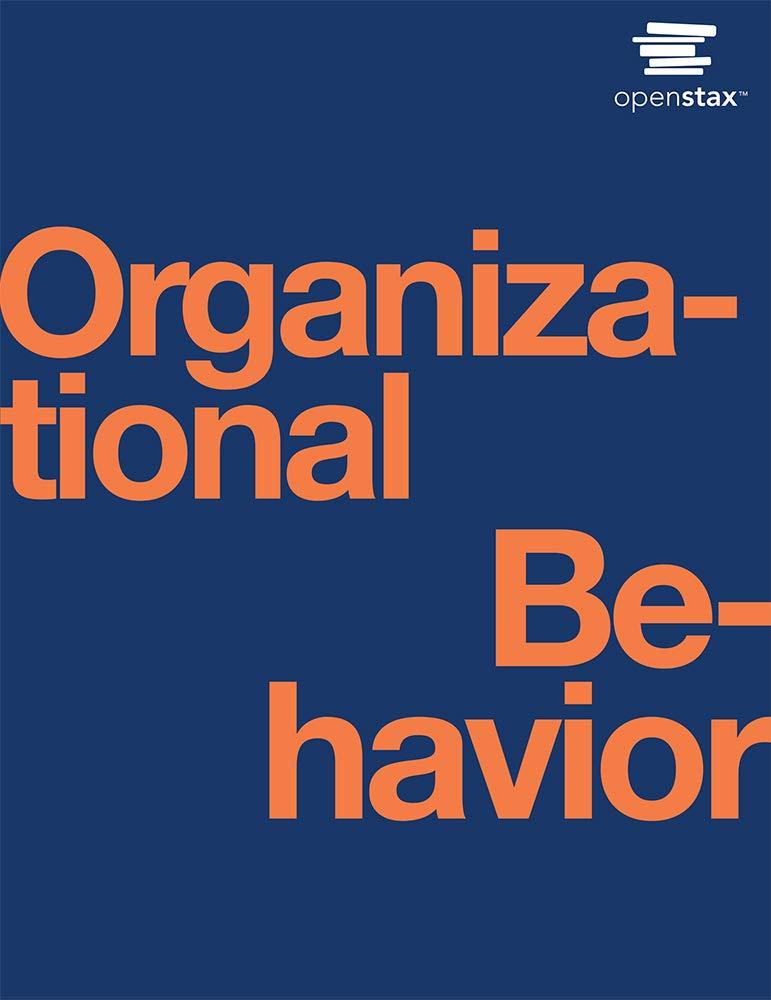In the fast-moving innovative car industry, it is always important to be thinking about improving and staying
Question:
In the fast-moving innovative car industry, it is always important to be thinking about improving and staying ahead of the competition. For Ford and Chevrolet however, they have such popular vehicles—the F-150 and the hybrid Volt, respectively—that finding ways to improve them without taking away the qualities that make them popular is key.
With the F-150, Ford had one of the best-selling vehicles for more than 30 years, but improving upon their most popular vehicle came with its challenges. In 2015, the team wanted to introduce an economically six-cylinder EcoBoost engine, and an all-aluminum body. The team was worried about the marketplace and hoped that the customers would accept the change to their beloved truck.
The planning started 18 months before, working in parallel work teams on various parts of the project. Each team was responsible for a piece of the overall project, and they frequently came together to make sure that they were working cohesively to create a viable vehicle. The most successful piece of the dynamic for Ford was teams’ ability to share feedback. Pete Reyes expresses the teamwork mentality: “Everybody crosses boundaries, and they came back with all of the feedback that shaped what we are going to do.”
Having team cohesiveness was ultimately what brought Ford to the finish line. With over 1,000 members of the overall team, employees were able to accomplish a truly viable vehicle that weighed 700 pounds less, as well as countless other innovations that gave the truck 29 percent more fuel economy. “We stuck to common goals . . . I don’t think I’ll ever work on a team that tight again,” stated Reyes about his team of developmental managers. As a result of their close teamwork, Ford announced third quarter earnings of 1.9 billion, an increase of 1.1 billion from 2014.
Questions:
1. What challenges does a large project like Ford’s F-150 project have to take into account for success?
2. What kind of work teams did Ford employ throughout its project to get the best results?
3. Can Ford’s successes be translated into other smaller teams? How would you apply its best practices to a work environment of your own?
Step by Step Answer:






